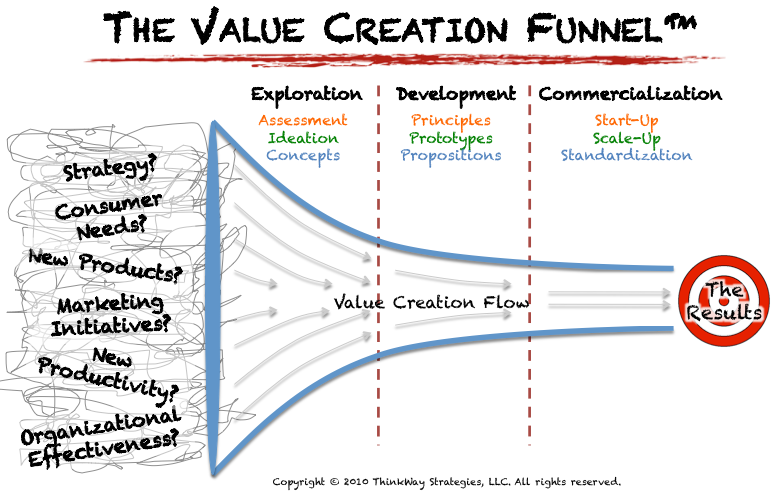A.G. Lafley, former Chairman of the Board of Procter & Gamble, apparently knows that if you “always do what you’ve always done, then you’ll always get what you’ve always gotten”. He is credited for the redesign of P&G that turned it around and created a relentless focus on the consumer. His redesign apparently worked. During his tenure, sales more than doubled, profits quadrupled and P&G’s market value increased by over $100 billion. He’s going to speak at the 2011 Shopper Insights in Action conference sponsored by IIR USA and I have a question that must be asked…
As a way of background, this P&G analyst report provides interesting insight into the company. They have an inspiring purpose, a compelling growth vision, and three “How to Win” strategies: 1) innovating to win with consumers; 2) integrating to operate as one company; and 3) simplifying to increase productivity. The vision to “touch and improve more consumer’s lives in more parts of the world more completely” seems to be working. They currently serve 4.2 billion consumers; that’s expected to hit 5 billion by 2015. They are in 938 category/country combinations as of today; they expect to add 250 more by 2016. And revenue is currently $11.50 per capita now; that number is expected to accelerate in the next few years.
The turnaround and redesign of a company, like the development of a new product, a new go-to-market strategy or a new shopper marketing tactic, goes through the three phases of the Value Creation Funnel™: Exploration, Development, and Commercialization. The people that are good at the creative end of the funnel (e.g., developing a new creative concept) are often quite different from the people who are really good at the commercialization end (e.g., those that are good at the details of in-store execution). Successfully redesigning the whole thing requires a third type of person: a design thinker, who can successfully navigate both ends of the funnel.

So, that’s my question for A.G. Lafley: What role did design thinking play in the successful turnaround of P&G? A good follow-up might be: What role does design thinking play today? Based on the book The Design of Business: Why Design Thinking is the Next Competitive Advantage by Roger L. Martin (who, along with many others, helped Lafley)… plenty.